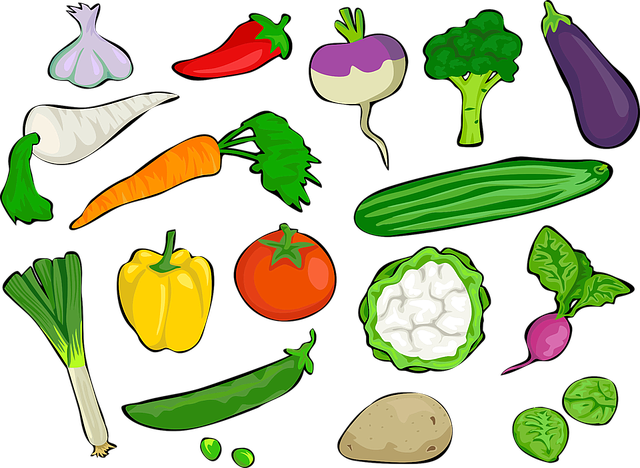Best Soils For The Environment

Some people say that agriculture is possible without animals. You can also get good compost and a bit of fertilizer with your cereals and vegetables. On the other hand, the soil is more nourished and fertile when there’s an animal is present.
Fertile Soil Also Needs Organic Materials
This also applies to conventionally produced foods. Our food today grows with artificial fertilizers instead of manures. Plants can use the minerals added in artificial fertilizers immediately – but there is nothing left to feed the soil life. Soil organisms need organic material to build up a humus layer.
This organic material can enter the soil via plant residues and roots, but also through the excretions of animals such as cows, pigs, chickens and of course, from humans.
Animals Who Eat Grass Can Provide Better Soils
Veterinarian Anita Ide said that the best soils are created when animals graze. As one of 600 scientists, she worked on the so-called World Agricultural Report on behalf of the World Bank around ten years ago.
Soil fertility is caused by a growth impulse that comes from grazing, and over time it is possible to say about root growth: today’s roots are the soil of tomorrow.
Grass grows better when animals graze on it. And grass also grows where arable farming is not possible. For example, in humid floodplains, dry steppes or above the tree line. This land can only be used for agriculture by animals. Steppes and savannas still cover vast areas of our earth – for the peoples who live there, livestock farming is existential, meat and milk consumption are the basis for survival.
Willow Farming Instead Of Mass Animal Husbandry
In this country, too, meadow landscapes shape entire regions. At the same time, it is well known that many millions of animals live in mass farming systems in stables and not in pasture. They produce more manure in certain regions than the soil can absorb, and the nutrients spoil streams, rivers and groundwater. Animals are important for soil fertility, but there should not be too many, says Anita Idel:
We have to look: is it a sustainable system in which I keep the cattle, or is it an extremely feed and energy consuming.
In the case of organic farmers, for example, grazing is compulsory, at least seasonally. And since they are not allowed to use mineral fertilizers, the manure of their animals is indispensable for most organic farmers – in addition to the so-called legumes such as clover or peas, which loosen the soil and supply it with nitrogen.
Farming Thanks To Seasonal Grazing
Without grazing animals such as the earlier bison, farming as we know it would not be possible, says the veterinarian Anita Idel:
The largest areas that we call grain chambers today, the prairies in the Midwest of America, or here the Hundred-Point Soils, Magdeburger Börde or Hildesheimer Börden – all fertile soils, all steppe soils that have been created by millennia-long, seasonal grazing.
Keeping animals costs money. And farmers have to sell their products, like milk, eggs or even their meat, in order to make ends meet. There is nothing wrong with giving up roasting at Christmas. But you can also afford a delicious piece of meat from a species-appropriate attitude to celebrate the day.

